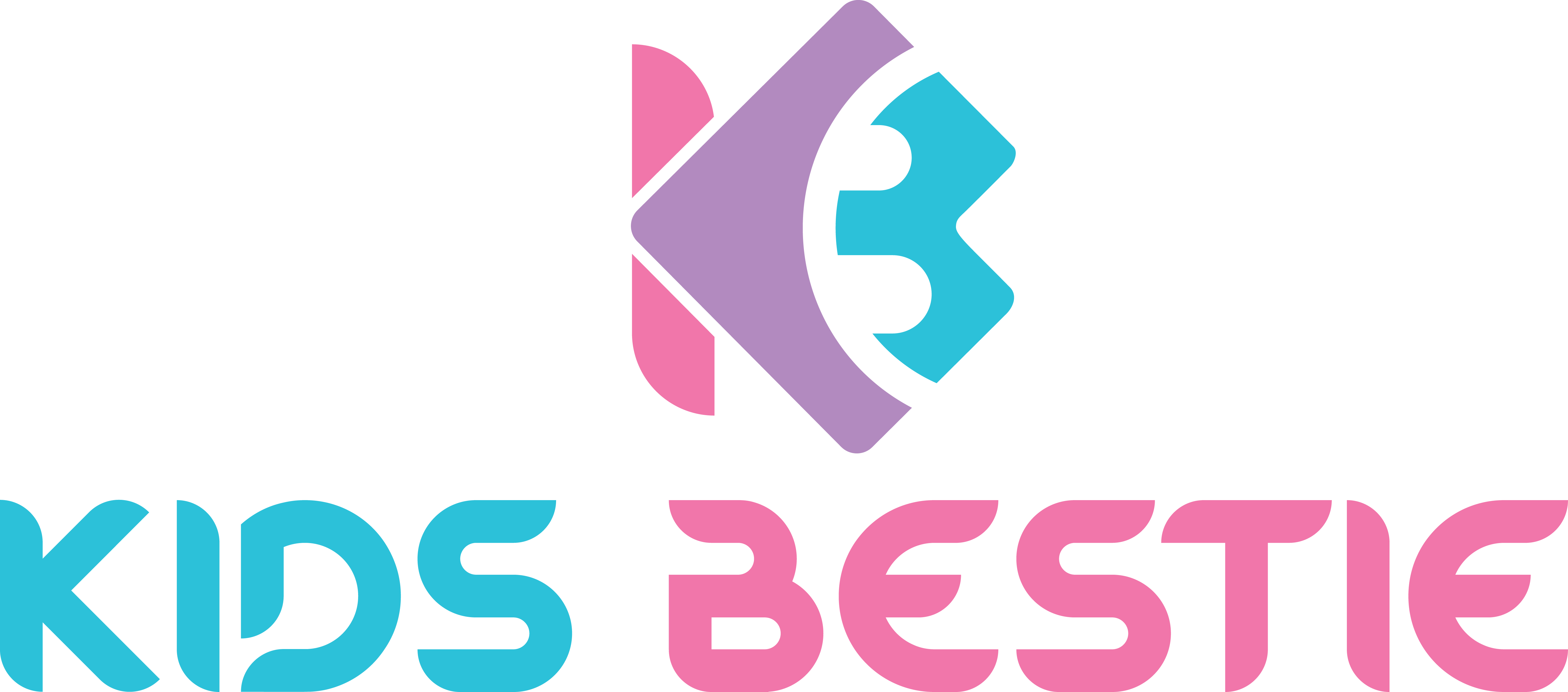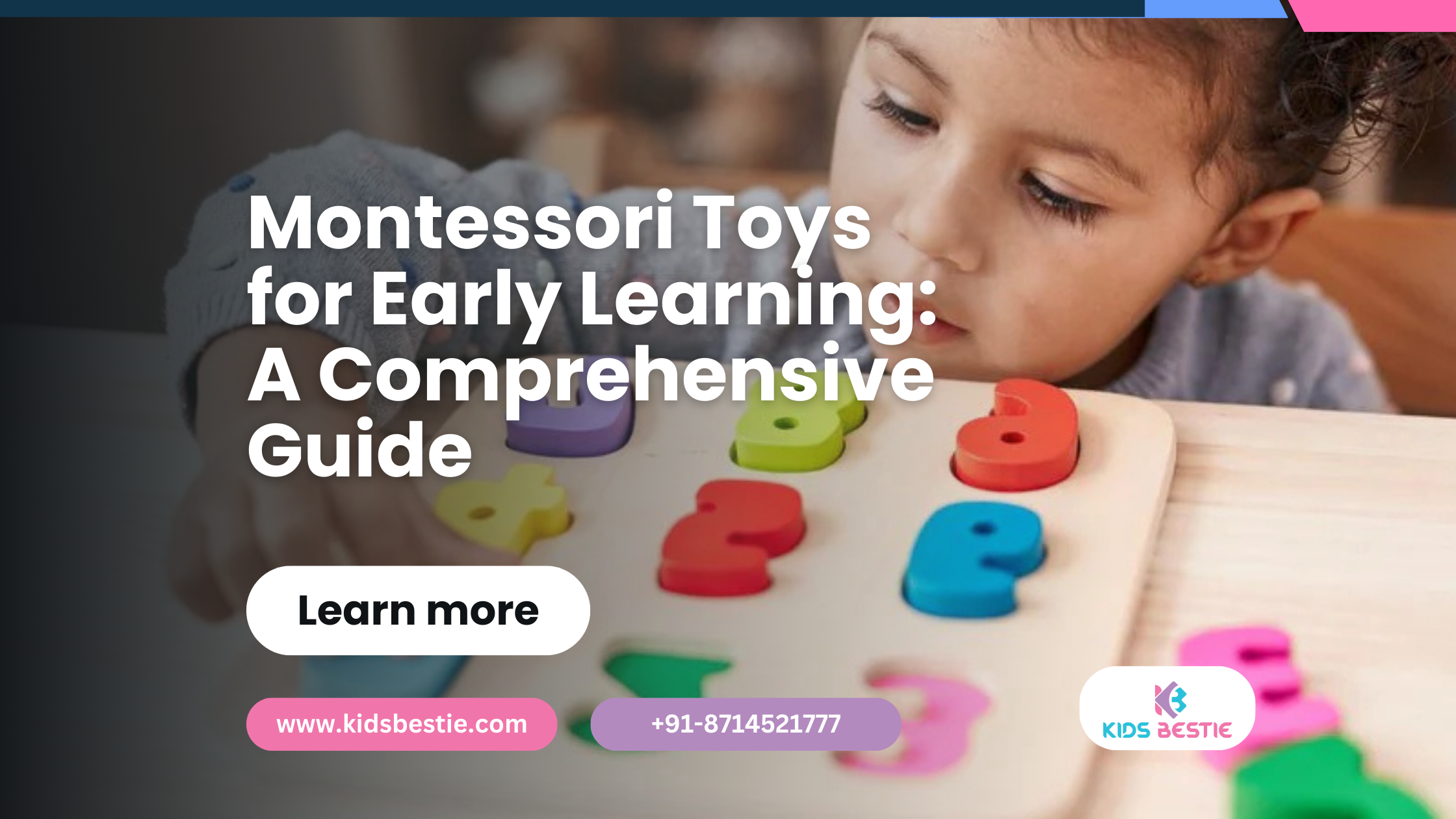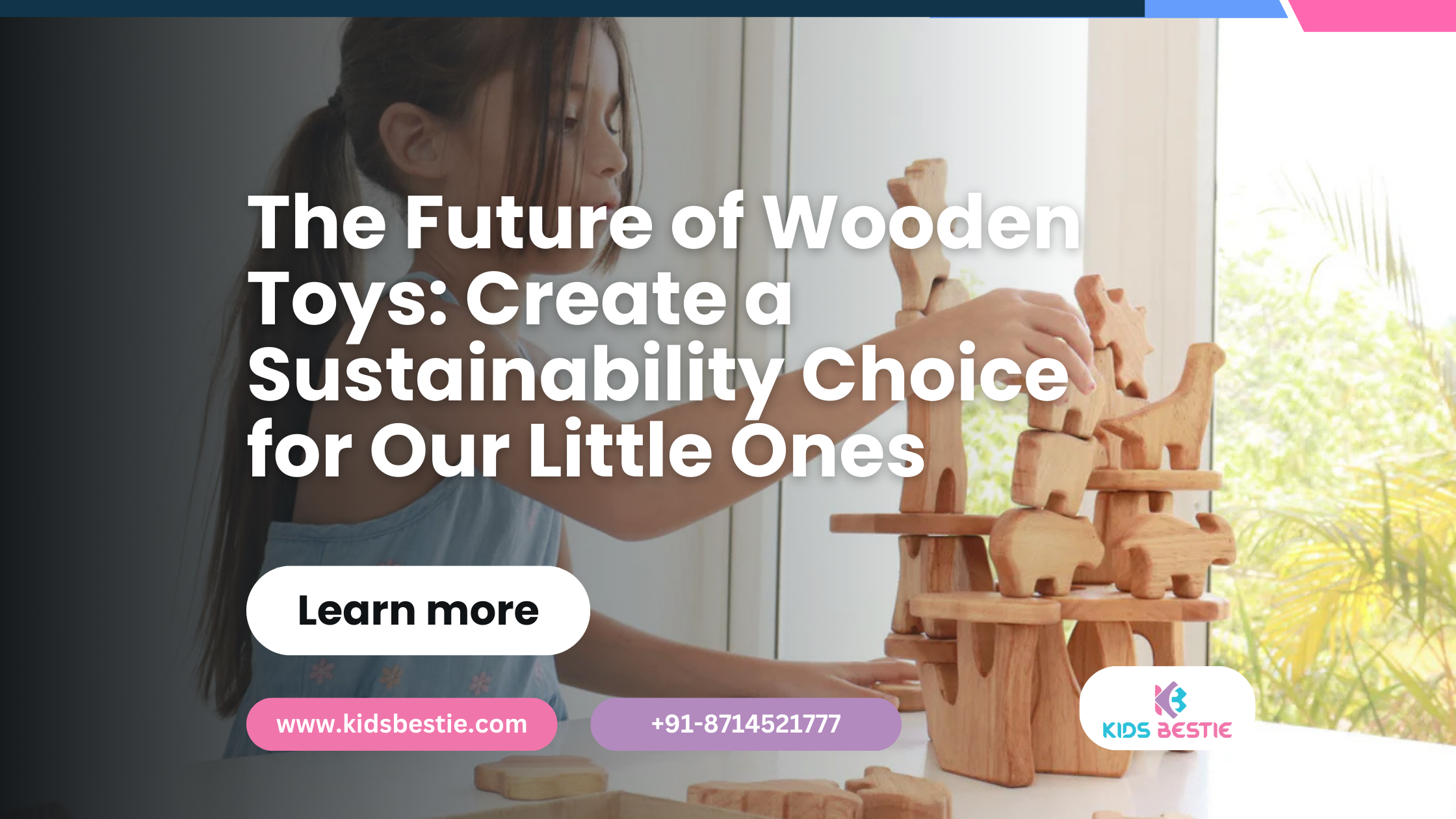
How We Use the Montessori Method for Toys at Home
By choosing quality Montessori toys from Kids Bestie, you support your child’s growth, independence, creativity, and cognitive skills.
The Montessori Method, created by Dr. Maria Montessori, emphasizes hands-on, independent learning through self-discovery and exploration. At Kids Bestie, we believe every child deserves to enjoy the benefits of Montessori-based play. Let’s explore how you can easily implement Montessori principles at home through toys.
What is the Montessori Method?
The Montessori Method focuses on child-led learning, fostering independence, creativity, and natural curiosity. Children select toys and activities based on their interests, exploring at their own pace. This educational approach encourages practical life skills, sensory development, and self-guided learning.
Why Montessori Toys?
Montessori toys differ from typical toys. They are designed to be simple, engaging, and purposeful. Here’s what makes them special:
-
Simplicity: Toys have clear purposes and minimal distractions.
-
Real-life applications: Montessori toys relate to everyday life, helping children learn practical skills.
-
Natural Materials: Toys made of wood, cotton, and other natural materials are preferred to enhance sensory experiences.
How Kids Bestie Embraces Montessori Principles
At Kids Bestie, we carefully select toys that align with Montessori philosophy. Each toy in our collection fosters creativity, critical thinking, and independent play. By offering carefully chosen Montessori-inspired toys, we ensure your child’s playtime is educational, fun, and beneficial.
Implementing Montessori at Home: Easy Steps
Step 1: Create a Prepared Environment
Arrange toys within your child’s reach, ensuring everything has its place. This structured environment encourages independence and teaches your child responsibility.
Step 2: Limit Toy Options
Too many toys can overwhelm children. Rotate toys regularly, offering fewer options to enhance focus and encourage deeper engagement with each toy.
Step 3: Choose Open-Ended Toys
Opt for toys that can be used in multiple ways, fostering creativity and problem-solving skills. Wooden blocks, stacking rings, and puzzles from Kids Bestie are excellent choices.
Step 4: Demonstrate, Then Step Back
Show your child how to use a toy once, then let them explore independently. This method nurtures independence and builds confidence.
Step 5: Encourage Responsibility
Teach your child to put toys back after play. This practice cultivates responsibility and organizational skills.
Types of Montessori Toys You Can Try at Home
Here are some great toy ideas to get started:
-
Sensory Toys: Wooden textures, soft fabrics, and sensory bins.
-
Practical Life Toys: Child-sized brooms, mops, or kitchen utensils.
-
Puzzle and Sorting Toys: Shape sorters, simple puzzles, and stacking toys.
-
Art Supplies: Non-toxic crayons, paints, and clay.
Kids Bestie offers a curated selection of these toys, helping you effortlessly integrate Montessori principles into your home.
Benefits of Montessori Toys
When children play with Montessori toys, they develop:
-
Fine Motor Skills: Improved hand-eye coordination.
-
Cognitive Skills: Enhanced logical thinking and problem-solving.
-
Life Skills: Increased independence and practical skills.
-
Social Skills: Sharing, collaboration, and communication.
Comparing Kids Bestie with Competitors
While many toy brands offer Montessori products, Kids Bestie stands out:
-
Expertly Curated Toys: We carefully select each toy based on quality, educational value, and safety.
-
Affordability: Competitive pricing tailored for Indian parents.
-
Educational Support: Clear descriptions and guides to maximize each toy’s educational potential.
-
Cultural Relevance: Toys suited specifically for the Indian context.
FAQs
What makes a toy Montessori?
Montessori toys are simple, realistic, encourage open-ended play, made of natural materials, and help children learn through practical experiences.
At what age should I start Montessori at home?
Montessori methods can begin as early as birth. Specific toys and activities can be adjusted as the child grows.
Are Montessori toys expensive?
While some Montessori toys can be pricey, Kids Bestie offers affordable, quality options to suit every family’s budget.
How often should I rotate Montessori toys?
Typically, rotating toys weekly or bi-weekly maintains interest and engagement, reducing clutter and distraction.
How Montessori Method Enhances Overall Development
Montessori methods promote holistic development—academic, emotional, social, and physical. By offering Montessori toys, you're laying a strong foundation for your child’s lifelong learning and development.
Tips for Indian Parents Using Montessori at Home
-
Choose toys with cultural familiarity and relevance.
-
Incorporate everyday Indian life scenarios through role-playing toys.
-
Encourage multilingual learning through bilingual toys.
Making Montessori Fun at Home
Remember, the goal is joyful and engaging learning experiences. Keep playtimes fun and stress-free, and follow your child’s natural curiosity and interests.
Conclusion
Implementing Montessori at home can significantly enhance your child’s learning journey. By choosing quality Montessori toys from Kids Bestie, you support your child’s growth, independence, creativity, and cognitive skills.
Explore our curated collection at Kids Bestie today and begin your Montessori journey at home!



